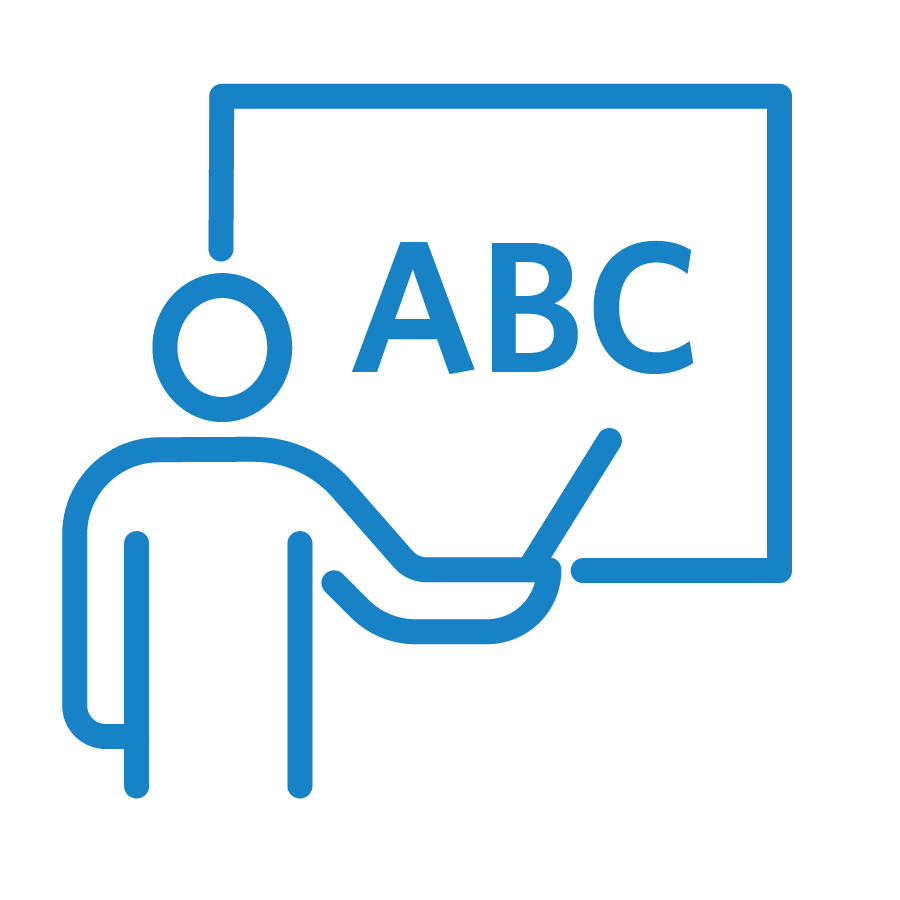Filter resources by:
Select a filter from the drop down menu to apply the filter. Page reloads upon selection

Aug 30, 2016
Collaborative Strategic Reading: Small Group Work
Small Group Work Oftentimes, the teacher can utilize or adapt this concept of CSR to meet the needs of small group collaboration. By designating groups of four throughout the classroom, the teacher is setting the class up to engage in their own Collaborative Strategic Reading (this could be done in pairs as well). Once in
Read Strategy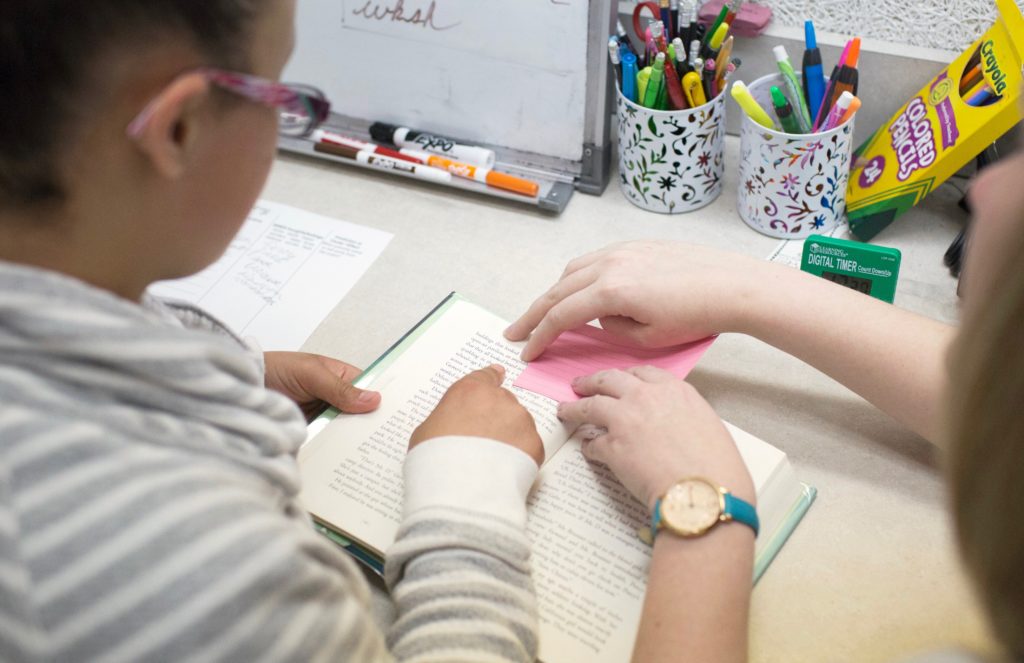
Aug 29, 2016
Collaborative Strategic Reading: Wrap-Up
The final stage of Collaborative Strategic Reading (CSR) is wrap-up, which centers on reviewing. This is typically the stage where the class summarizes the points of the lesson, and the teacher forms assessments of the students’ understanding. In order to do this, the teacher must have determined what information the students are required to remember and
Read Strategy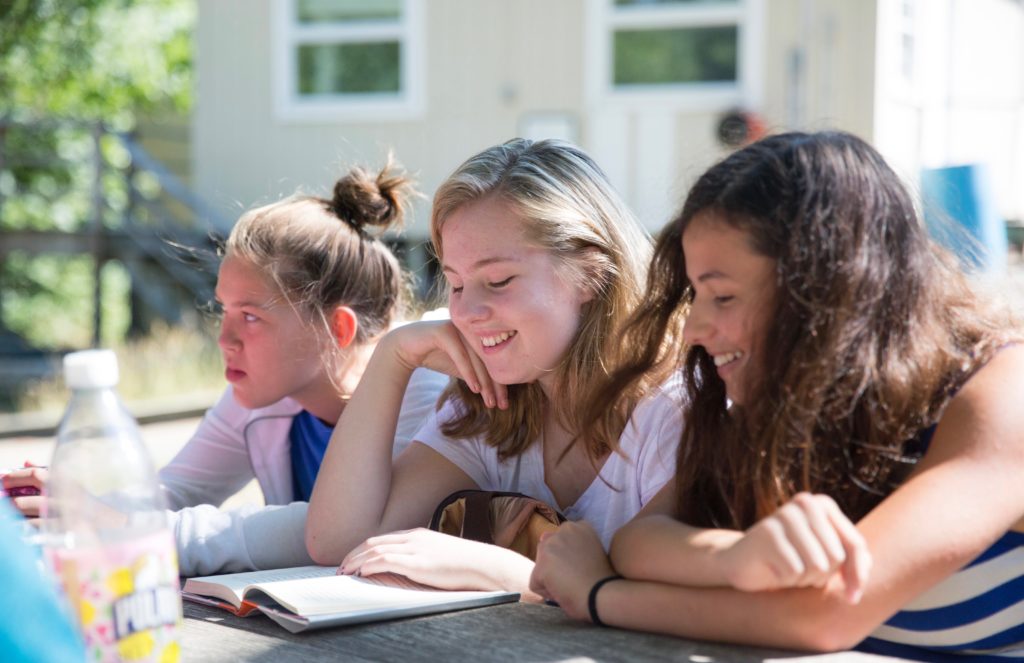
Aug 27, 2016
Collaborative Strategic Reading: Get the Gist
Continuing with Collaborative Strategic Reading (CSR), this resource will examine the third step in the process: get the gist. While preview occurs before reading, both click & clunk and get the gist occur during reading. Essentially, get the gist refers to understanding the material and being able to identify who or what the reading is about (the topic) as well as
Read Strategy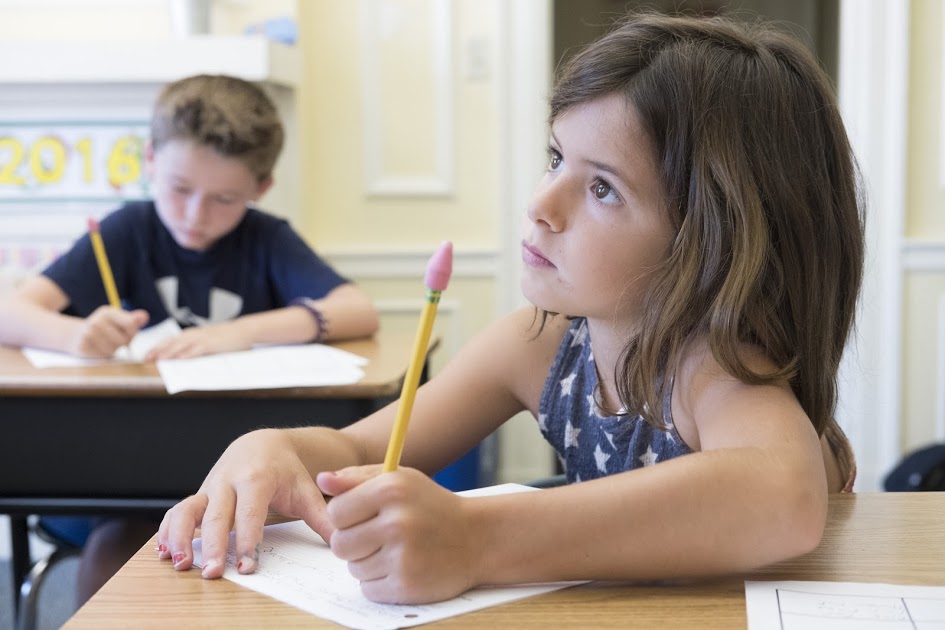
Aug 25, 2016
Collaborative Strategic Reading: Click & Clunk
This resource explored the second tenet of Collaborative Strategic Reading (CSR) – click & clunk – and its connection to Landmark’s 5th Teaching Principle, “Provide Models.” For the full text of the Landmark Teaching Principles™, including “Provide Models,” click here. Click & Clunk is a strategy used during reading that allows students to monitor their
Read Strategy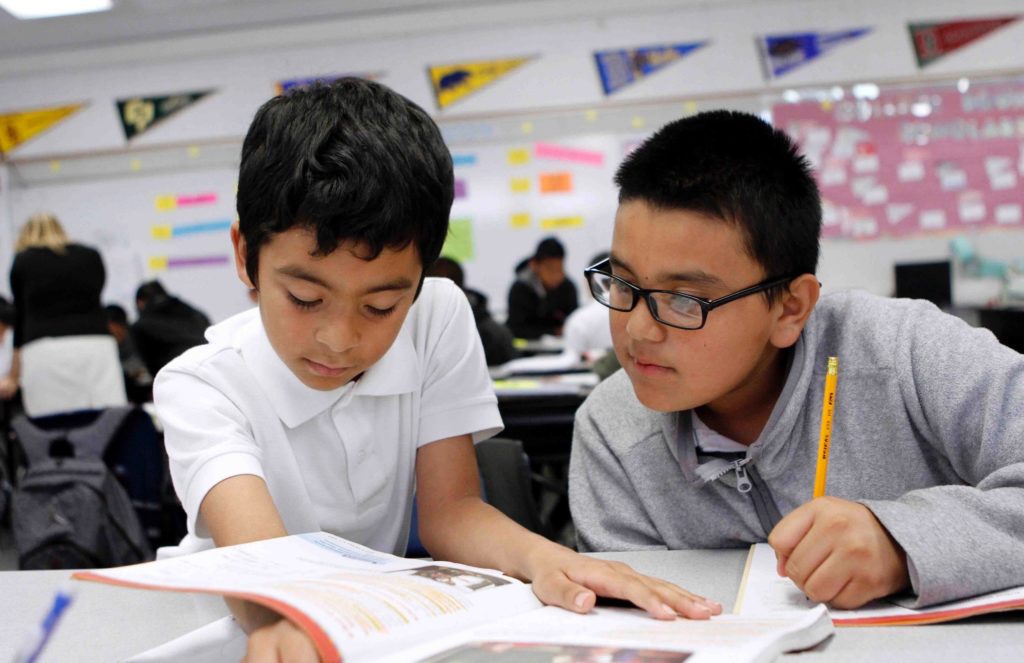
Aug 24, 2016
Collaborative Strategic Reading: Preview
The first tenet of CSR is preview, which consists of two activities: (a) brainstorming and (b) making predictions. With these activities, the goal is two-fold: get the students to think about (a) what they know about the topic and (b) what they think they will learn by reading the text. In coordination with the Landmark
Read Strategy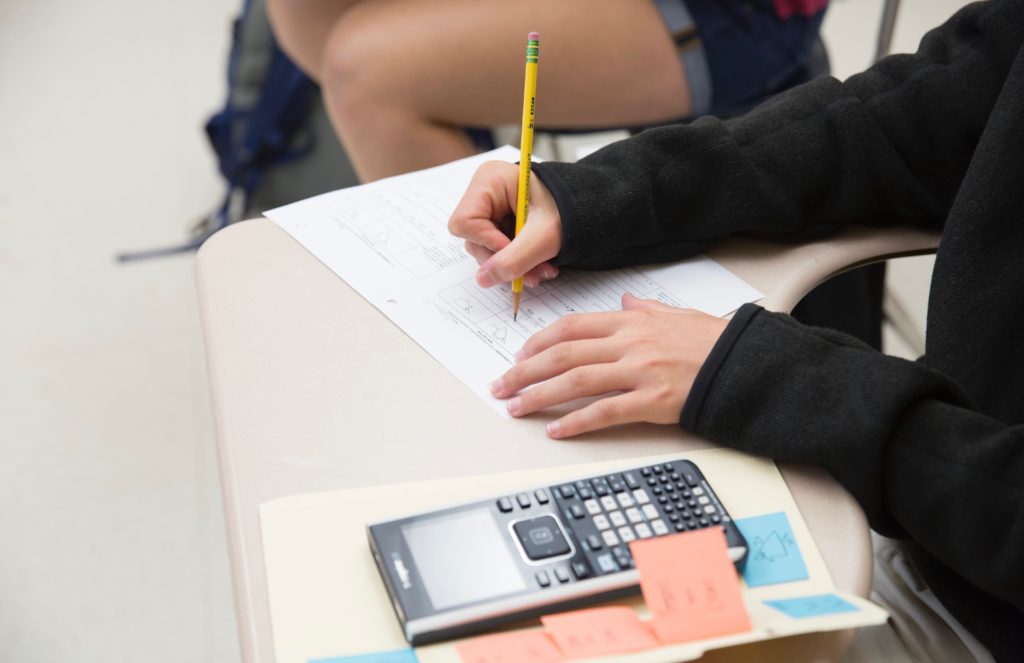
Aug 22, 2016
Executive Function and Action
There are many aspects of executive function—from activation to focus, to effort, emotion, and memory. The final component is action, which Thomas E. Brown notes in his article “Executive Functions by Thomas Brown,” incorporates both monitoring and self-regulating. However, without knowing what a teacher expects, students will have more difficulty determining if they are on
Read Strategy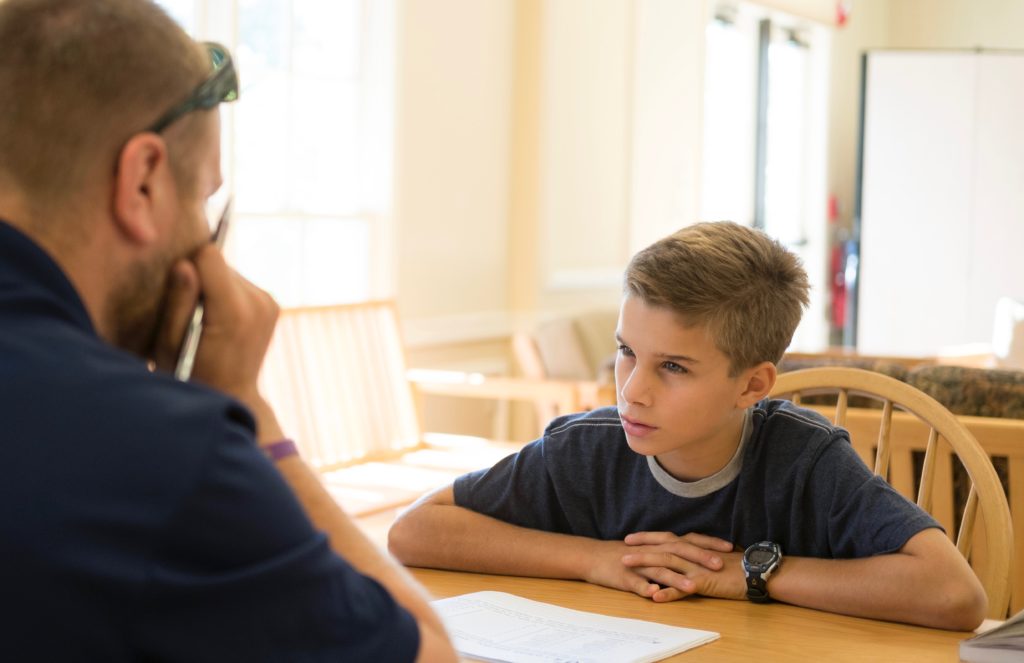
Aug 21, 2016
Executive Function and Memory
The ability to access and utilize memory is an important part of executive function. Thomas E. Brown, of Yale University, highlights memory as one of six clusters of executive function. He writes: “Chronic difficulties with memory appear to be a core problem… but the impairments are not generally with long-term storage memory; instead they involve
Read Strategy
Aug 20, 2016
Executive Function: Addressing Emotion through Communication
Students’ emotional responses to challenging situations can influence their concentration, perseverance, application of learned skills, and interactions with others. Abraham Maslow’s expanded hierarchy of needs explains how physical and emotional safety must be satisfied in order to allow people to address cognitive and higher levels of human needs. In order to better create space for
Read Strategy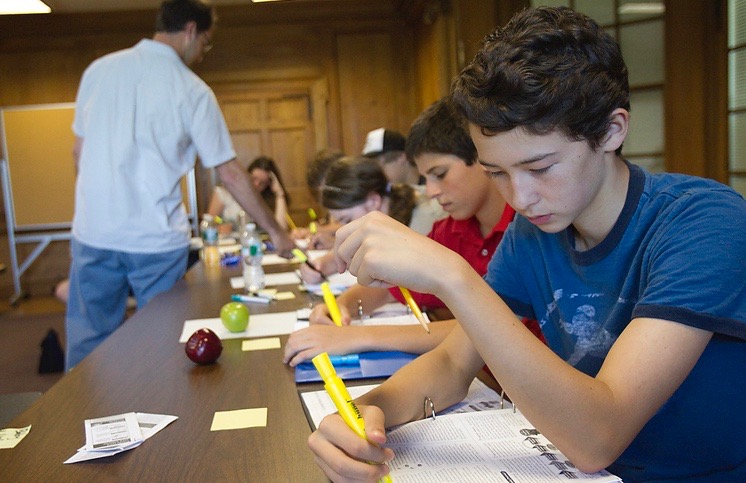
Aug 19, 2016
Executive Function and Effort
We can enliven students’ effort by making sure they are “ready to learn.” We need to help students define a clear purpose for the activity, give specific directions, provide references (such as agendas or steps for a process), and offer cues to begin or transition to the next step. Furthermore, requiring students to brainstorm their
Read Strategy